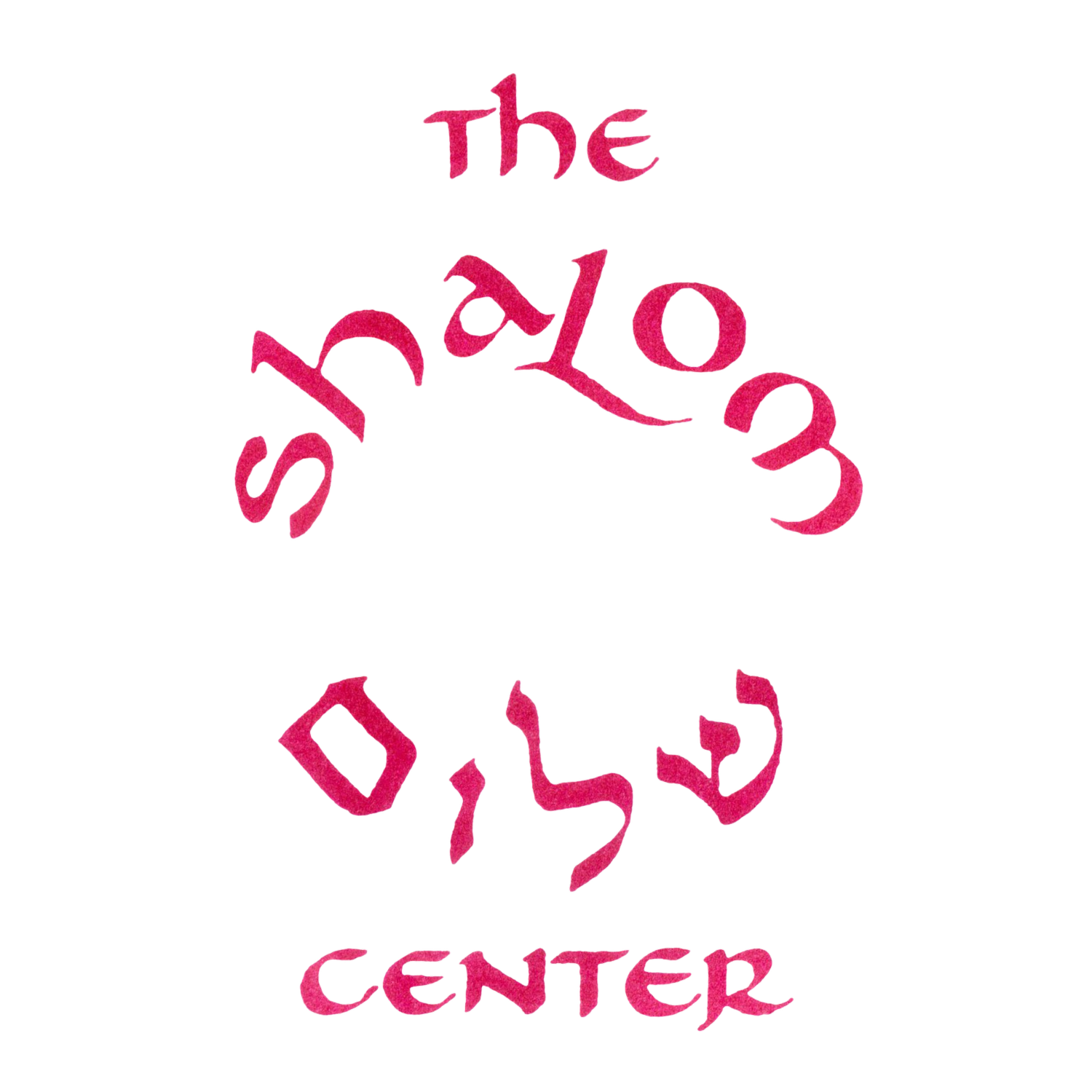Hiroshima, Torah, & a 12-Year-Old
by Rabbi Arthur Waskow
Dear friends — friends not only of The Shalom Center but of shalom, wholeness, harmony, peace —
In the summer of 1946, I was almost 13 years old.
August 6, 1946, was the first anniversary of the US government’s bombing of Hiroshima — killing about 10,000 civilians instantly, more than 100,000 in torment from terrible burns and radiation sickness over the next years.
That August 6 was also Tisha B’Av, traditionally intended to be a day of grief for the destruction of ancient Jewish Temples.
I had two formal Jewish connections in my life, aside from growing up in a totally Jewish and almost totally non-observant neighborhood in Baltimore, with two immigrant grandparents who spoke and read Yiddish as well as English, and occasionally Russian, Polish, and German.
One formal connection was that I was studying to become Bar Mitzvah in a couple of months on Shabbat B’reshit, the Shabbat of reading two different Torah versions of the Creation of the world, and of chanting the very long Haftarah that was attached to the Creation stories — a vision of the Prophet Isaiah.
The second was that I was a camper at a Jewish day camp sponsored by “The Y” — the Young Men’s and Young Women’s Hebrew Association — and held mostly in a nearby park.
That summer I was the editor of the mimeographed weekly camp newspaper, the “Y’s Owl.” Mostly that meant I wrote meaningless play-by-play summaries of the weekly camper-counselor softball game, but on August 6 that year I wrote what I hoped would be meaningful: an editorial about the meaning of Hiroshima.
I certainly knew about Tisha B’Av. Every day of the eight-week camp season we swam at the Y’s swimming pool, but for the Nine Days that climaxed on Tisha B’Av we were not allowed to swim. We were supposed to mourn the ancient Temples – but swimming was joyful. Not allowed.
But on that Tisha B’Av I did not write about ancient Temples. I wrote about Hiroshima. What I wrote was very simple: The atomic bomb meant that war must be abolished.
Ever since, I have seen that essay as my real Bar Mitzvah speech. For the Bar Mitzvah itself was boring: No one bothered to discuss with me the differences between the two Creation stories, or the meaning of the Garden of Eden, or Cain’s killing Abel. As long as I learned to chant the Haftarah according to the prescribed trope (melody), all was well.
Not for me. I joined a student branch of the United World Federalists. I wrote an editorial for my high-school paper about the stupidity of having separate while and Black “Future Teachers of America” clubs. It got censored out of existence, but even that meant real issues were hot and vital. I took a Goucher “girl” I really liked on a date all the way to Washington DC to see up front the Army-McCarthy hearings. She liked the date! (In those days, “dating” meant literally setting a date to meet. Not sex.).
What I did not do was pursue a Judaism that to me felt empty of meaning and passion.
Not till 1968 when Passover’s renewal of liberation came a week after the murder of Martin Luther King did Judaism explode for me like an invisible volcano hidden in my back yard. Not till I started writing or channeling the Freedom Seder did I begin to think my life could make more sense if I helped create a new kind of Judaism.
Now I can see and teach how Hiroshima and Tisha B’Av belong to the same moment, belong to the same conversation, the same action.
Now I can affirm that the film “Oppenheimer” makes sense when it points to how Jewish consciousness about the danger of a Hitler atomic bomb drove many of the early nuclear scientists to work for an American A-bomb, and the same Jewish consciousness and the same moral concerns made them critical of the US uses of the bomb on Hiroshima and Nagasaki.
I still think Hiroshima teaches us to abolish war, and to start with the Treaty to abolish all nuclear weapons. I can tell my 12-year-old self and my own grandchildren too, “This is the way the world ends: with a bang OR with a whimper. With the H-Bomb OR with CO2 and methane.”
And I can teach how ancient Jewish midrash about the danger of a Flood of Fire speaks to both.
With blessings of shalom, an active practice of wholeness, harmony, peace
— Arthur

